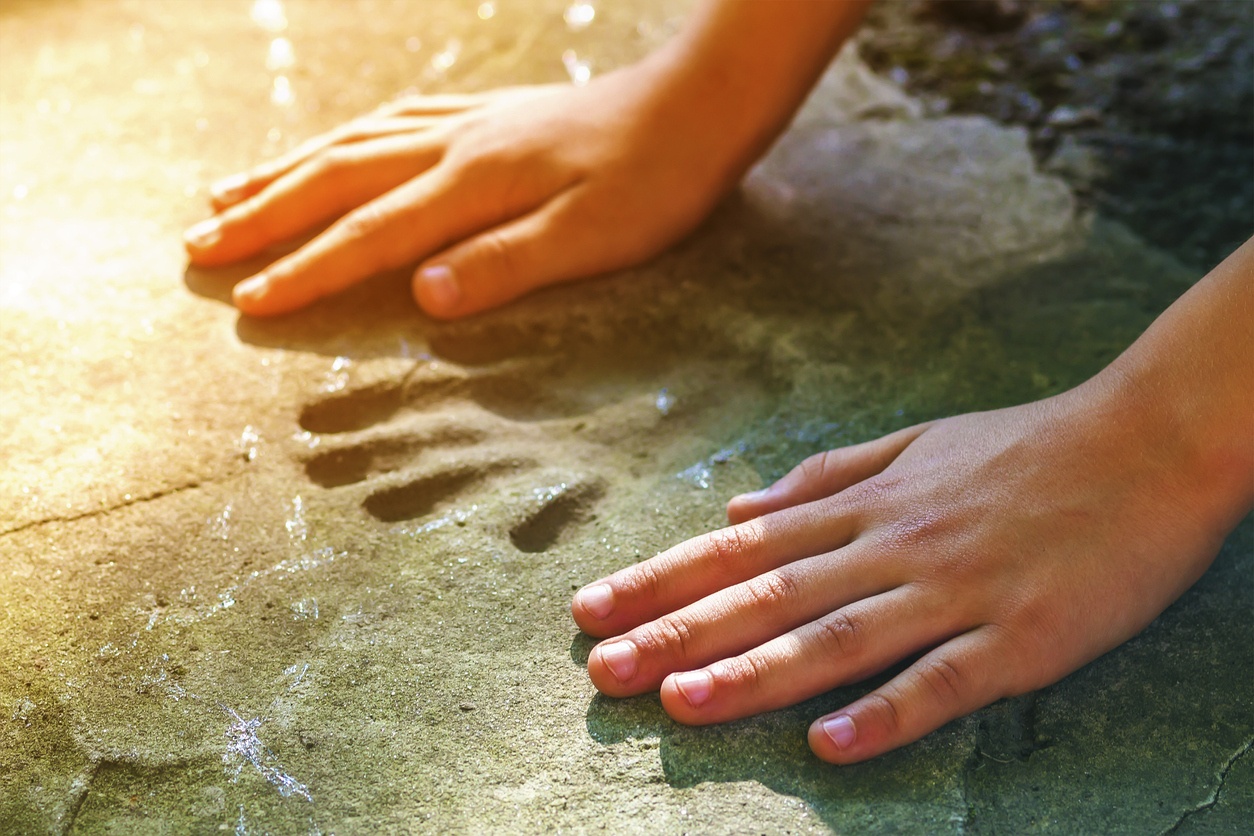Children need us to teach them responsibility and the other principles that govern happiness as early in their lives as possible.
Teaching Children: A Child's Age Makes a Difference
Occasionally a parent will ask me a question like this: Is it that important to be consistent in teaching responsibility—or anything else—to a really young child, say, age 15 months or so?
Recently in my backyard, I’ve done considerable work with concrete, a material that has fascinated me for many years. As a kid, I had assumed that wet concrete simply dried—like paint—but that’s not the case at all. Concrete gains its highly desirable strength during a chemical process called “curing.”
Concrete is a mixture of sand, gravel, and cement, the last ingredient being a special combination of limestone, clay or shale, sand, and iron ore that has been ground to a powder and heated to about 2900 degrees F (1600 degrees C)—just above the melting point of iron.
When concrete is mixed with water, a reaction begins that involves the chemical bonding of water to specific molecules in the concrete, producing entirely different molecules that have powerful connections to each other.
This chemical reaction is called hydration, which involves much more than the common usage of that word, which ordinarily refers simply to the amount of water in a substance—for example, “after exercise, we need to drink water to maintain our hydration.”
During curing, at least five different chemicals in concrete are hydrated, just one of which is illustrated by this crude formula: Tricalcium silicate + Water ➝ Calcium silicate hydrate + Calcium hydroxide + heat
OR (to be more exact)
2 Ca3SiO5 + 7 H2O ➝ 3 CaO.2SiO2.4H2O + 3 Ca(OH)2 + 173.6kJ
As hydration occurs, concrete gradually changes over several hours from a thick liquid to a brittle solid, followed by an increasing transformation to a very hard and durable solid that becomes much stronger over the first few days but stronger still over a period of decades.
A Child's Age is Like Curing Concrete
Why am I telling you all this? Because the creation and hardening of concrete are not entirely unlike the creation and solidification of the personality of a child.
Just as concrete is much more than the sum of its parts—being both a material and a process—so is every child a complex composite and interaction of DNA, epigenetic proteins, chemistry, and external experiences—to name just a few influences.
Similarly, children cure like concrete. When they are very young, they’re easily shaped, much as one might pour liquid concrete into molds of infinite shapes to create sidewalks, tabletops, bridges, or lawn ornaments.
If you make mistakes with children—as with concrete—you can still correct them fairly easily while they’re young. But with each passing year, children become more difficult to modify, just as concrete hydration accelerates rapidly to the point where significant changes become very difficult.
As parents we must be sensitive to how our children develop. We must pay close attention to them when they are young, but even as they get older, we can never give up.
Even after years of hardening, we can—with love and guidance, and with their permission if they are adults—polish a surface or chip off a rough edge here and there, or even drill holes and chisel different shapes. But at that point, it’s so much more difficult than it would have been in the beginning when they were more malleable.
So, in answer to the question I began with, yes, it’s that important to teach children everything we can while they’re young.
Summary
Over a period of hours, days, and years, concrete transforms from a soupy mixture to a very hard and durable construction material.
Similar to concrete curing, children solidify their beliefs, feelings, and behaviors from the time they are born—over a period of days to years.
As parents we must carefully love and teach our children from BIRTH, because every moment with them contributes to how they will believe, feel, and behave for the rest of their lives.


